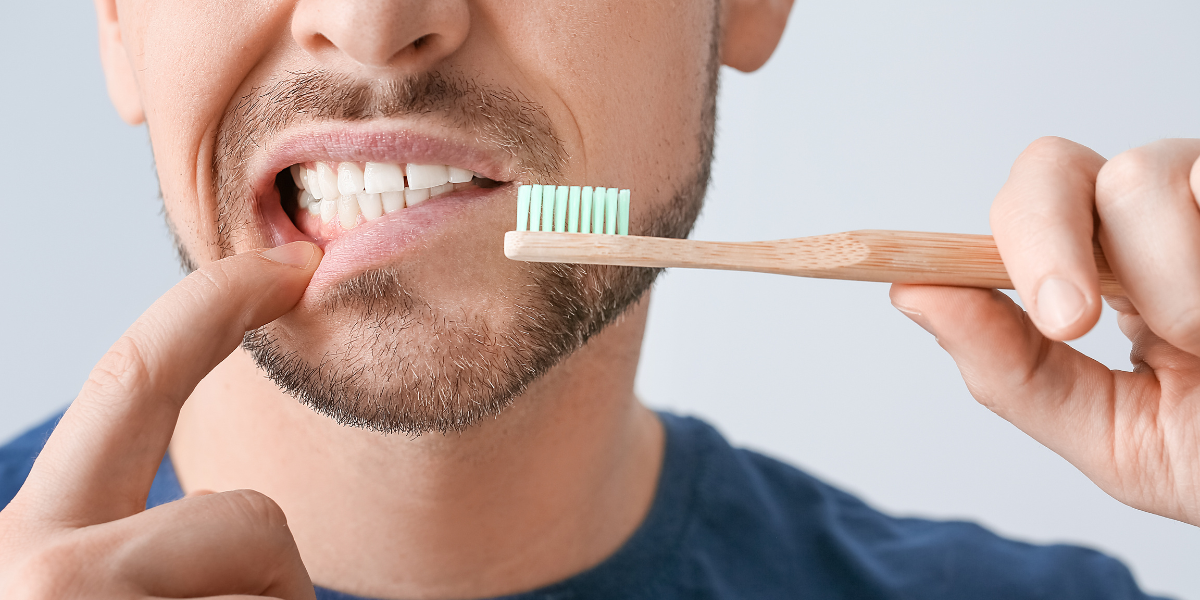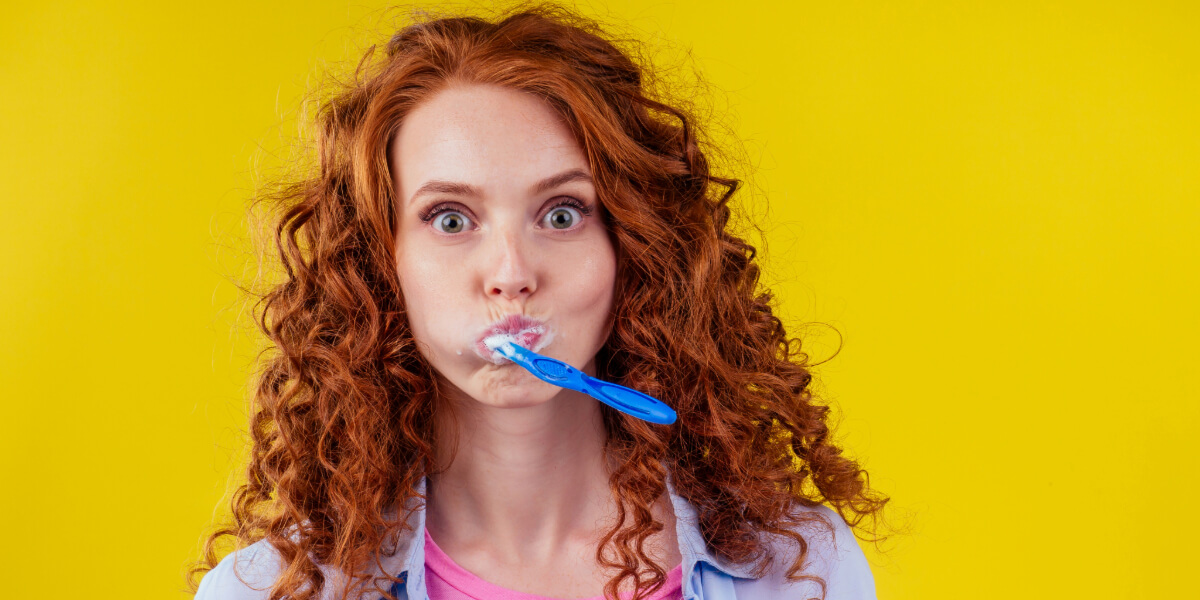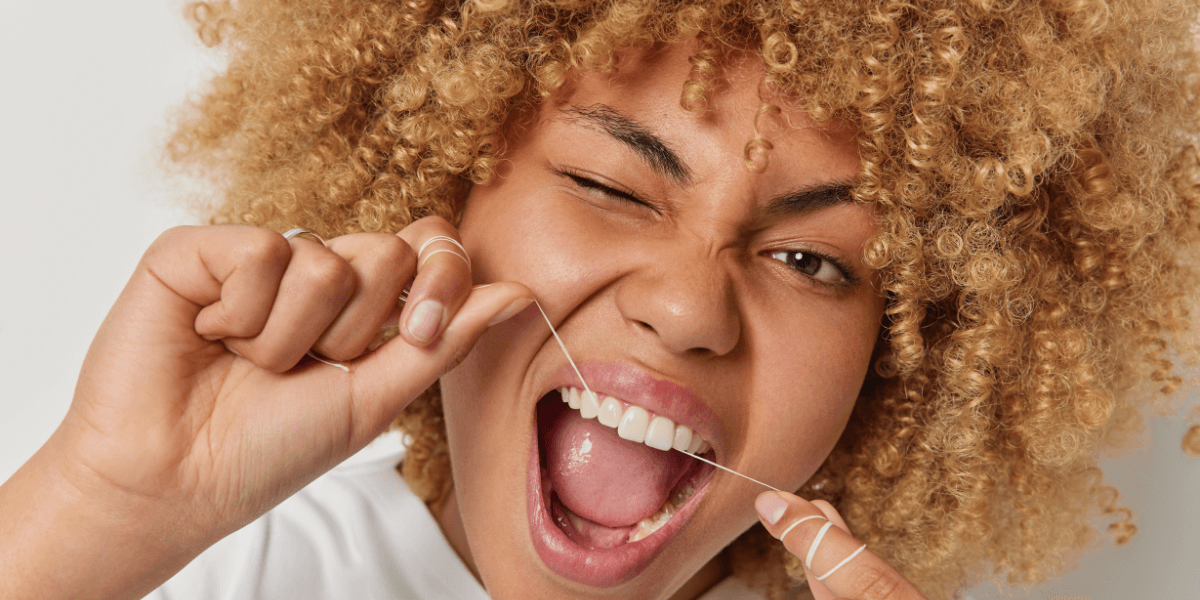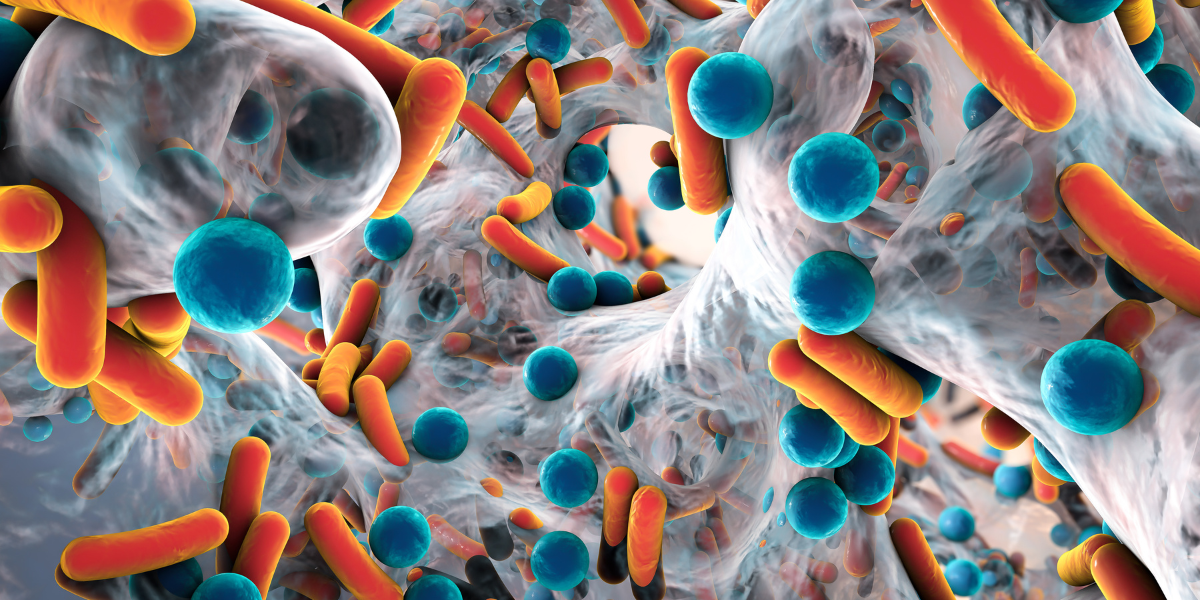
Keeping the gums clean & free of bacteria is definitely important, but there are more gentle & effective ways to do it. Find out how below.
You brush your teeth, and your tongue… but should you brush your gums too? Let’s discuss the best methods for keeping your gums clean and healthy without being too abrasive.
Should I brush my gums when I brush my teeth?
The short answer is… no. Brushing your gums is not necessarily bad, it just isn’t the best or most gentle way to clean the gum tissues. Most often the tissues are kept clean with flossing, drinking lots of water, and the mechanical action of chewing (especially crispier, crunchier foods like apples and carrots). Gum health is achieved through flossing the gums rather than brushing them [1]. This is because the pathogens and bacteria that cause gingivitis are underneath the gums [2] and can only be accessed with floss or an oral irrigator, not with a toothbrush.
Can you brush your gums too hard and cause damage?
Part of the problem with brushing the gums to keep them clean is that it can be too abrasive to the tissues and can cause irritation or worse, recession [2]. Recession is when the gums start to recede exposing the root of the tooth. This leads to tooth sensitivity and down the line can cause even bigger issues like tooth mobility and root caries (cavities).
What’s the best way to keep the gums clean?
People who have a lot of plaque or food debris on their tissues can use a warm washcloth to gently wipe it away. This happens often with the elderly, people who are edentulous (missing teeth), people who wear dentures, and babies. People who wear dentures must remember to clean their dentures and their tissues before putting them back in. Babies, especially those who only drink milk, are also prone to having biofilm on their gums. In these cases, a warm washcloth and wiping are a much gentler yet effective way to clean these areas.
Another great option for those prone to an accumulation of plaque and food debris is an oral irrigator like a water flosser. These are an awesome option for flushing out any plaque or food that’s caught in the teeth and soothing the tissues.
How do I know If I’m keeping my gums healthy?
The biggest sign of gingival health is a lack of bleeding when flossing or brushing [4]. Another sign is the overall appearance of the tissues. If they are red, swollen, or tender to the touch, there is most likely an accumulation of biofilm and plaque irritating the gums. If they are stippled, a lighter pink color (as opposed to red), and tight to the tooth with no bleeding, they are healthy!
Healthy gums make for a healthy oral cavity and it’s very simple to do. Floss or use a water flosser, drink lots of water, and if you notice an accumulation of plaque on your tissues, gently wipe it away.
- Addy, M., & Hunter, M. L. (2003). Can tooth brushing damage your health? Effects on oral and dental tissues. International dental journal, 53 Suppl 3, 177–186. https://doi.org/10.1111/j.1875-595x.2003.tb00768.
- How, K. Y., Song, K. P., & Chan, K. G. (2016). Porphyromonas gingivalis: An Overview of Periodontopathic Pathogen below the Gum Line. Frontiers in microbiology, 7, 53. https://doi.org/10.3389/fmicb.2016.00053
- Rathee, M., & Jain, P. (2022). Gingivitis. In StatPearls. StatPearls Publishing. https://www.ncbi.nlm.nih.gov/books/NBK557422/
- Sambunjak, D., Nickerson, J. W., Poklepovic Pericic, T., Johnson, T. M., Imai, P., Tugwell, P., & Worthington, H. V. (2019). WITHDRAWN: Flossing for the management of periodontal diseases and dental caries in adults. The Cochrane database of systematic reviews, 4(4), CD008829. https://doi.org/10.1002/14651858.CD008829.pub3







